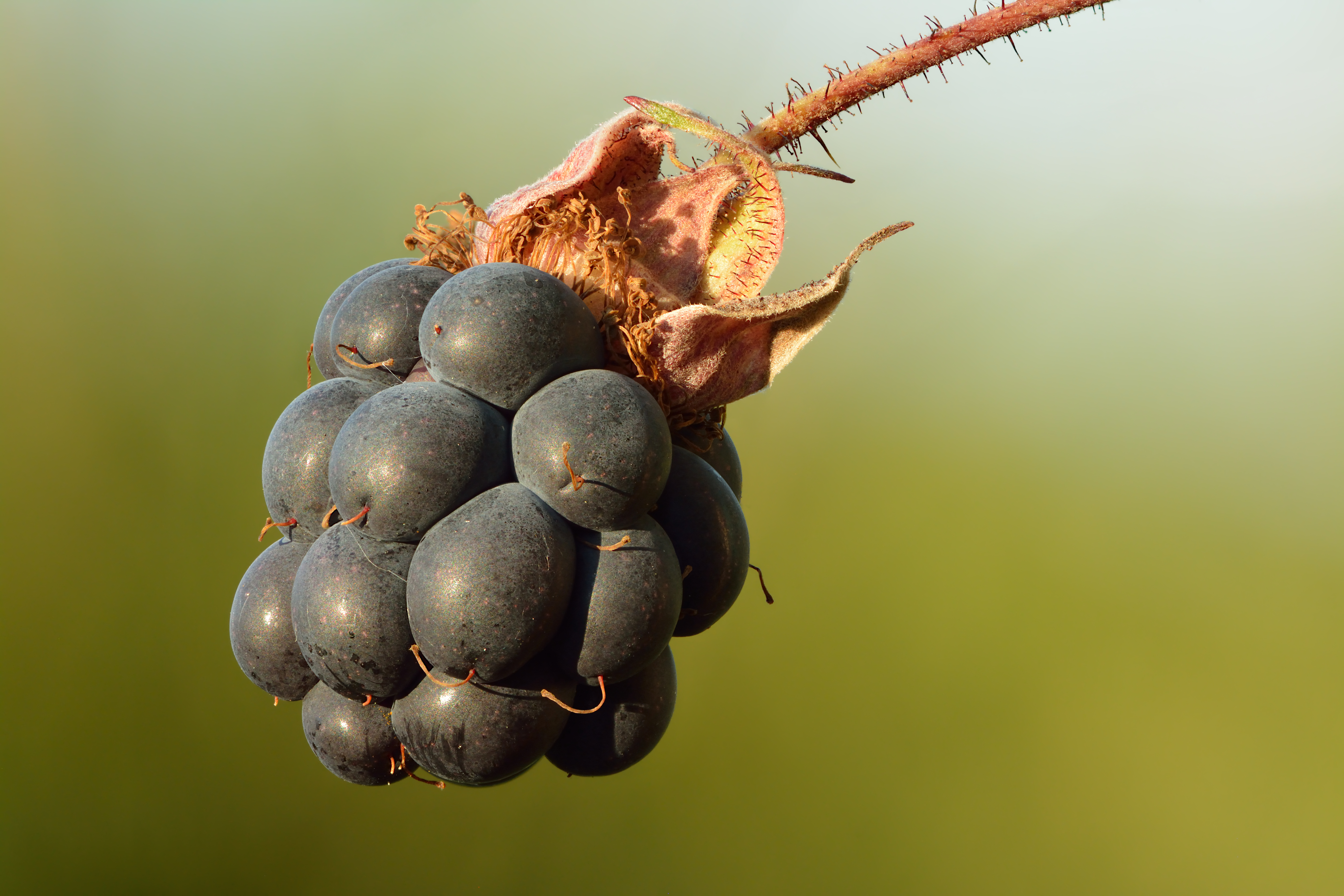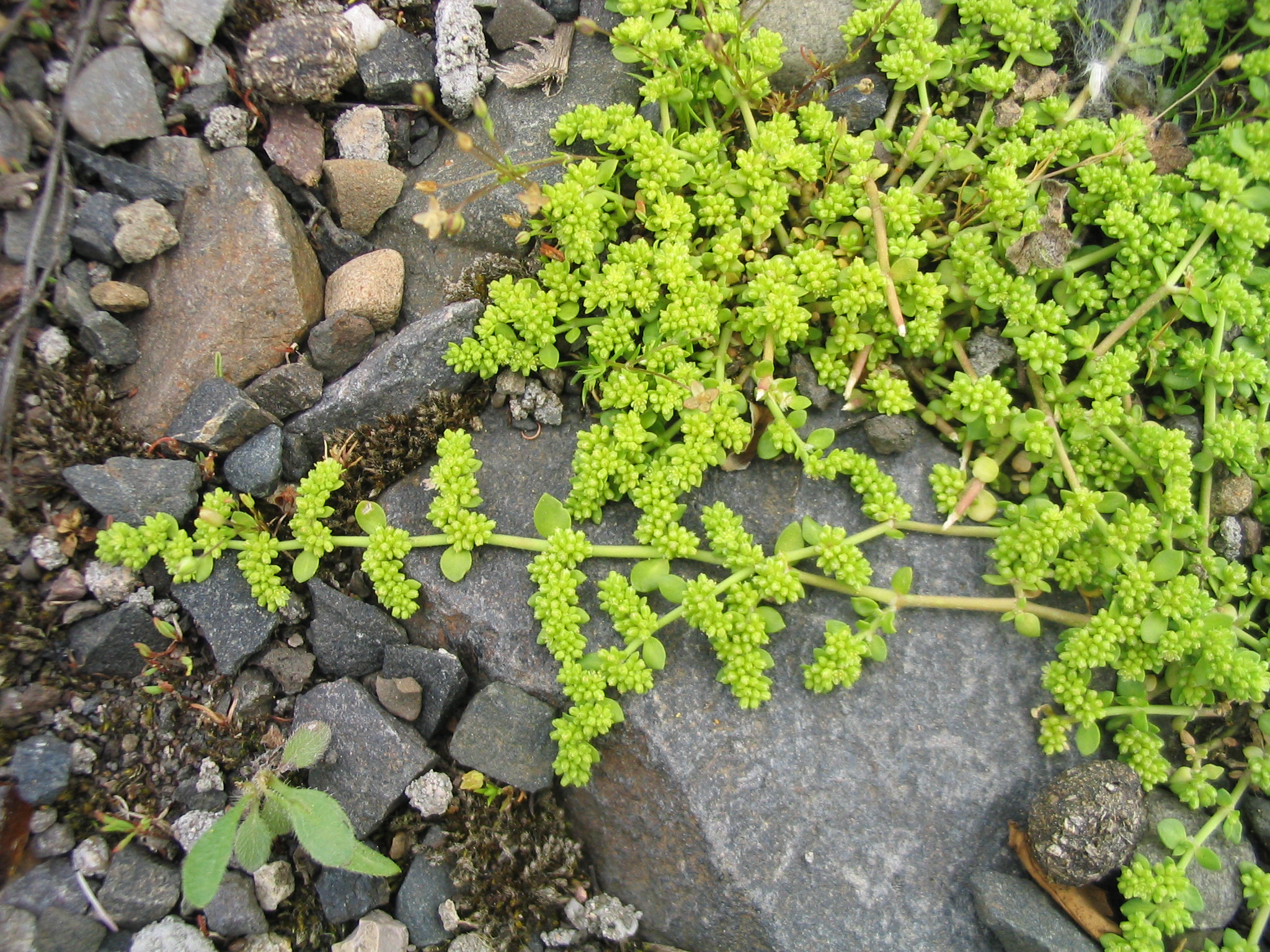|
Psilocybe Serbica
''Psilocybe serbica'' is a species of mushroom in the family Hymenogastraceae. The mushroom contains the psychotropic compounds psilocybin and psilocin, and also related tryptamine alkaloids baeocystin, norbaeocystin, and aeruginascin. It is closely related to '' Psilocybe aztecorum''. It was reported as new to science by Meinhard Moser and Egon Horak in 1969. Molecular analysis published in 2010 has shown that ''P. serbica'' is the same species as ''Psilocybe bohemica'' described by Šebek in 1983, ''Psilocybe arcana'' described by Borovička and Hlaváček in 2001, and ''Psilocybe moravica'' by Borovička in 2003. ''Psilocybe serbica'' is common in Central Europe. Description ''Psilocybe serbica'' has no specific smell (somewhat raddish, but never farinaceous), and the taste is usually bitter. It is a very variable species. Its cap is in diameter and obtusely conical, later becoming campanulate or convex. It expands to broadly convex or plane in age and is incurved at ... [...More Info...] [...Related Items...] OR: [Wikipedia] [Google] [Baidu] |
Egon Horak
Egon Horak (born Innsbruck in 1937) is an Austrian mycologist who has described more than 1000 species of fungi, including many from the Southern Hemisphere, particularly New Zealand and South America. He was an executive editor of the scientific journal '' Sydowia'' from 1975 to 1989, and a member of the editorial board afterwards. He was previously married to the Swiss-Australian entomologist Marianne Horak. Selected publications *Horak, E.; Moser, M. (1965). Fungi Austroamericani. XII. Studien zur Gattung Thaxterogaster Singer. Nova Hedwigia 10 (1,2): 211–241. *Horak, E. (1971). Contributions to the knowledge of the Agaricales s.l. (Fungi) of New Zealand. New Zealand Journal of Botany 9 (3): 463–493. *Moser, M.; Horak, E. (1975). ''Cortinarius'' Fr. und nahe verwandte Gattungen in Südamerika. Nova Hedwigia Beihefte 52: 1–628. *Horak, E. (1977, publ. 1978). ''Entoloma'' in South America I. Sydowia 30 (1-6): 40–111. *Horak, E. (1979, publ. 1980). Fungi, Basidiomycetes. ... [...More Info...] [...Related Items...] OR: [Wikipedia] [Google] [Baidu] |
Pellicle (mycology)
Pellicle may refer to: *Pellicle (biology), a thin layer supporting the cell membrane in various protozoa *Pellicle mirror, a thin plastic membrane which may be used as a beam splitter or protective cover in optical systems * Pellicle (dental), the thin layer of salivary glycoproteins deposited on the teeth of many species through normal biologic processes *Pellicle, the protective cover which can be applied to a photomask used in semiconductor device fabrication. The pellicle protects the photomask from damage and dirt *Pellicle (cooking) A pellicle is a skin or coating of proteins or cellulose on the surface of meat (e.g. smoked salmon) or fermented beverages (e.g. Kombucha). Pellicles of protein that form prior to smoking meat (including fish and poultry) allow smoke to better ..., a growth on the surface of fermenting liquids (e.g. SCOBY), or skin of proteins on the surface of meat, fish or poultry, which allow smoke to better adhere the surface of the meat during the smok ... [...More Info...] [...Related Items...] OR: [Wikipedia] [Google] [Baidu] |
Rubus
''Rubus'' is a large and diverse genus of flowering plants in the rose family, Rosaceae, subfamily Rosoideae, most commonly known as brambles. Fruits of various species are known as raspberries, blackberries, dewberries, and bristleberries. It is a diverse genus, with the estimated number of ''Rubus'' species varying from 250 to over 1000, found across all continents except Antarctica. Most of these plants have woody stems with prickles like roses; spines, bristles, and gland-tipped hairs are also common in the genus. The ''Rubus'' fruit, sometimes called a bramble fruit, is an aggregate of drupelets. The term ''cane fruit'' or ''cane berry'' applies to any ''Rubus'' species or hybrid which is commonly grown with supports such as wires or canes, including raspberries, blackberries, and hybrids such as loganberry, boysenberry, marionberry and tayberry. The stems of such plants are also referred to as ''canes''. Description Bramble bushes typically grow as shrubs (t ... [...More Info...] [...Related Items...] OR: [Wikipedia] [Google] [Baidu] |
Urtica
''Urtica'' is a genus of flowering plants in the family Urticaceae. Many species have stinging hairs and may be called nettles or stinging nettles (the latter name applying particularly to ''Urtica dioica, U. dioica''). The generic name ''Urtica'' derives from the Latin for 'sting'. Due to the stinging hairs, ''Urtica'' are rarely eaten by herbivores, but provide shelter for insects. The fiber has historically been used by humans, and cooking preparations exist. Description ''Urtica'' species grow as annual plant, annuals or perennial herbaceous plants, rarely shrubs. They can reach, depending on the type, location and nutrient status, a height of . The perennial species have underground rhizomes. The green parts have stinging hairs. Their often quadrangular stems are unbranched or branched, erect, ascending or spreading. Most leaves and stalks are arranged across Alternate leaf, opposite sides of the stem. The leaf blades are elliptic, lanceolate, ovate or circular. The leaf bl ... [...More Info...] [...Related Items...] OR: [Wikipedia] [Google] [Baidu] |
Coniferous
Conifers () are a group of conifer cone, cone-bearing Spermatophyte, seed plants, a subset of gymnosperms. Scientifically, they make up the phylum, division Pinophyta (), also known as Coniferophyta () or Coniferae. The division contains a single extant class (biology), class, Pinopsida. All Neontology, extant conifers are perennial plant, perennial woody plants with secondary growth. The majority are trees, though a few are shrubs. Examples include Cedrus, cedars, Pseudotsuga, Douglas-firs, Cupressaceae, cypresses, firs, junipers, Agathis, kauri, larches, pines, Tsuga, hemlocks, Sequoioideae, redwoods, spruces, and Taxaceae, yews.Campbell, Reece, "Phylum Coniferophyta". ''Biology''. 7th ed. 2005. Print. p. 595. As of 2002, Pinophyta contained seven families, 60 to 65 genera, and more than 600 living species. Although the total number of species is relatively small, conifers are ecology, ecologically important. They are the dominant plants over large areas of land, most notably ... [...More Info...] [...Related Items...] OR: [Wikipedia] [Google] [Baidu] |
Deciduous
In the fields of horticulture and botany, the term deciduous () means "falling off at maturity" and "tending to fall off", in reference to trees and shrubs that seasonally shed Leaf, leaves, usually in the autumn; to the shedding of petals, after flowering; and to the shedding of ripe fruit. The antonym of deciduous in the botanical sense is evergreen. Generally, the term "deciduous" means "the dropping of a part that is no longer needed or useful" and the "falling away after its purpose is finished". In plants, it is the result of natural processes. "Deciduous" has a similar meaning when referring to animal parts, such as deciduous antlers in deer, deciduous teeth (baby teeth) in some mammals (including humans); or decidua, the uterine lining that sheds off after birth. Botany In botany and horticulture, deciduous plants, including trees, shrubs and herbaceous perennials, are those that lose all of their Leaf, leaves for part of the year. This process is called abscission. I ... [...More Info...] [...Related Items...] OR: [Wikipedia] [Google] [Baidu] |
Veil (botany)
A veil or velum, in mycology, is one of several structures in fungi, especially the thin membrane that covers the cap and stalk of an immature mushroom. Encarta Dictionary Veils fall into two categories: * * Universal veil
In mycology, a universal veil is a temporary membranous tissue that fully envelops immature fruiting bodies of certain gilled mushrooms. The developing Caesar's mushroom (''Amanita caesarea''), for example, which may resemble a small white sph ...
References [...More Info...] [...Related Items...] OR: [Wikipedia] [Google] [Baidu] |
Glabrousness (botany)
Glabrousness () is the technical term for a lack of hair, down, setae, trichomes, or other such covering. A glabrous surface may be a natural characteristic of all or part of a plant or animal, or be due to loss because of a physical condition, such as alopecia universalis in humans, which causes hair to fall out or not regrow. In botany Glabrousness or otherwise, of leaves, stems, and fruit is a feature commonly mentioned in plant keys; in botany and mycology, a ''glabrous'' morphological feature is one that is smooth and may be glossy. It has no bristles or hair-like structures such as trichomes. In anything like the zoological sense, no plants or fungi have hair or wool, although some structures may resemble such materials. The term "glabrous" strictly applies only to features that lack trichomes at all times. When an organ bears trichomes at first, but loses them with age, the term used is ''glabrescent''. In the model plant ''Arabidopsis thaliana'', trichome formation ... [...More Info...] [...Related Items...] OR: [Wikipedia] [Google] [Baidu] |
Stipe (mycology)
In mycology, a stipe () is the stem or stalk-like feature supporting the cap of a mushroom. Like all tissues of the mushroom other than the hymenium, the stipe is composed of sterile hyphal tissue. In many instances, however, the fertile hymenium extends down the stipe some distance. Fungi that have stipes are said to be stipitate. The evolutionary benefit of a stipe is generally considered to be in mediating spore dispersal. An elevated mushroom will more easily release its spores into wind currents or onto passing animals. Nevertheless, many mushrooms do not have stipes, including cup fungi, puffballs, earthstars, some polypores, jelly fungi, ergots, and smuts. It is often the case that features of the stipe are required to make a positive identification of a mushroom. Such distinguishing characters include: # the texture of the stipe (fibrous, brittle, chalky, leathery, firm, etc.) # whether it has remains of a partial veil (such as an annulus (ring) or cortina) or ... [...More Info...] [...Related Items...] OR: [Wikipedia] [Google] [Baidu] |
Adnexed
In mycology, a lamella (: lamellae), or gill, is a papery hymenophore rib under the cap of some mushroom species, most often agarics. The gills are used by the mushrooms as a means of spore dispersal, and are important for species identification. The attachment of the gills to the stem is classified based on the shape of the gills when viewed from the side, while color, crowding and the shape of individual gills can also be important features. Additionally, gills can have distinctive microscopic or macroscopic features. For instance, ''Lactarius'' species typically seep latex from their gills. It was originally believed that all gilled fungi were Agaricales, but as fungi were studied in more detail, some gilled species were demonstrated not to be. It is now clear that this is a case of convergent evolution (i.e. gill-like structures evolved separately) rather than being an anatomic feature that evolved only once. The apparent reason that various basidiomycetes have evolved gills ... [...More Info...] [...Related Items...] OR: [Wikipedia] [Google] [Baidu] |
Adnate
{{disambiguation ...
Adnate may refer to: * Adnation, in botany, the fusion of two or more whorls of a flower * Adnate, in mycology, a classification of lamellae (gills) * Conjoined twins Conjoined twins, popularly referred to as Siamese twins, are twins joined '' in utero''. It is a very rare phenomenon, estimated to occur in anywhere between one in 50,000 births to one in 200,000 births, with a somewhat higher incidence in south ... [...More Info...] [...Related Items...] OR: [Wikipedia] [Google] [Baidu] |



